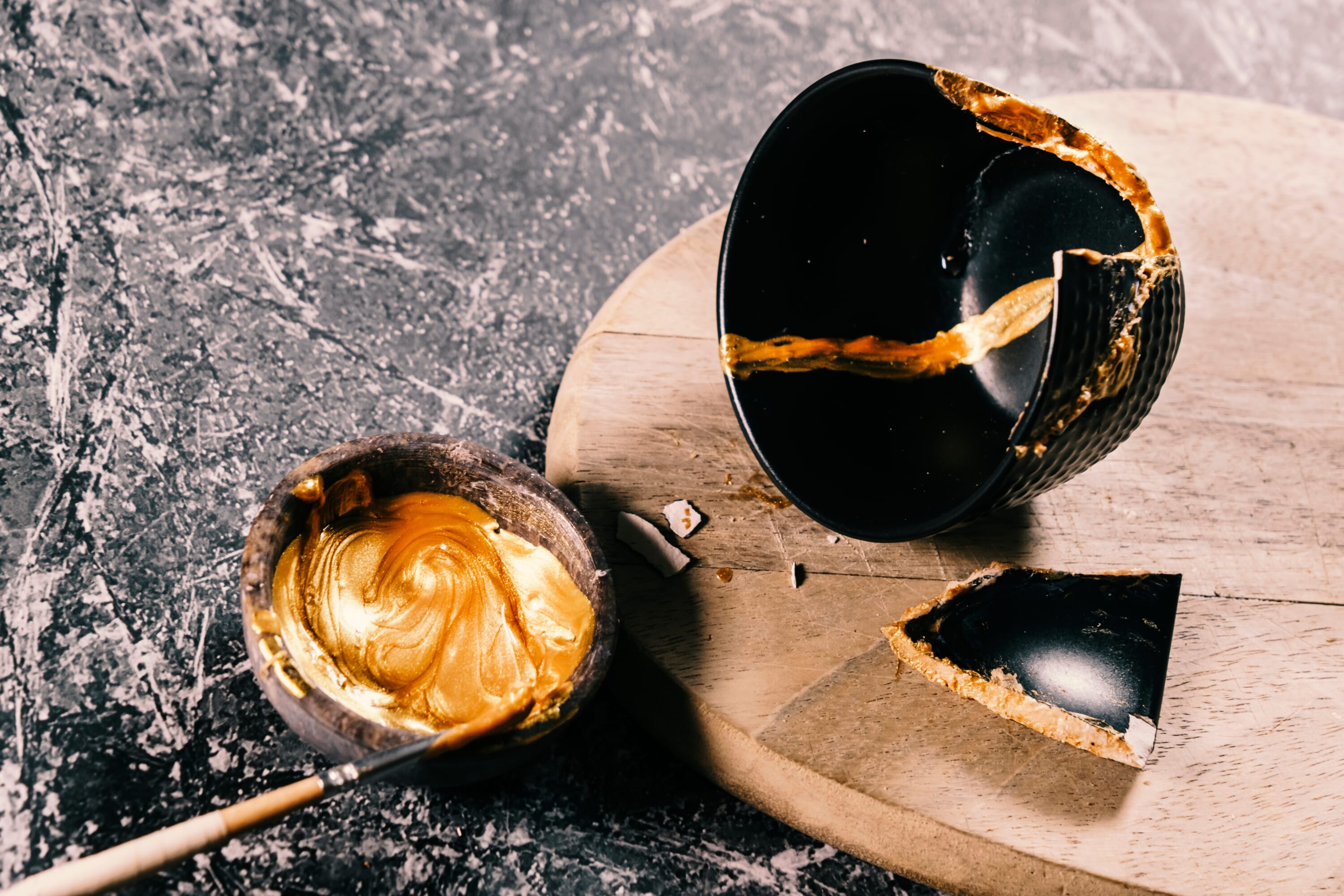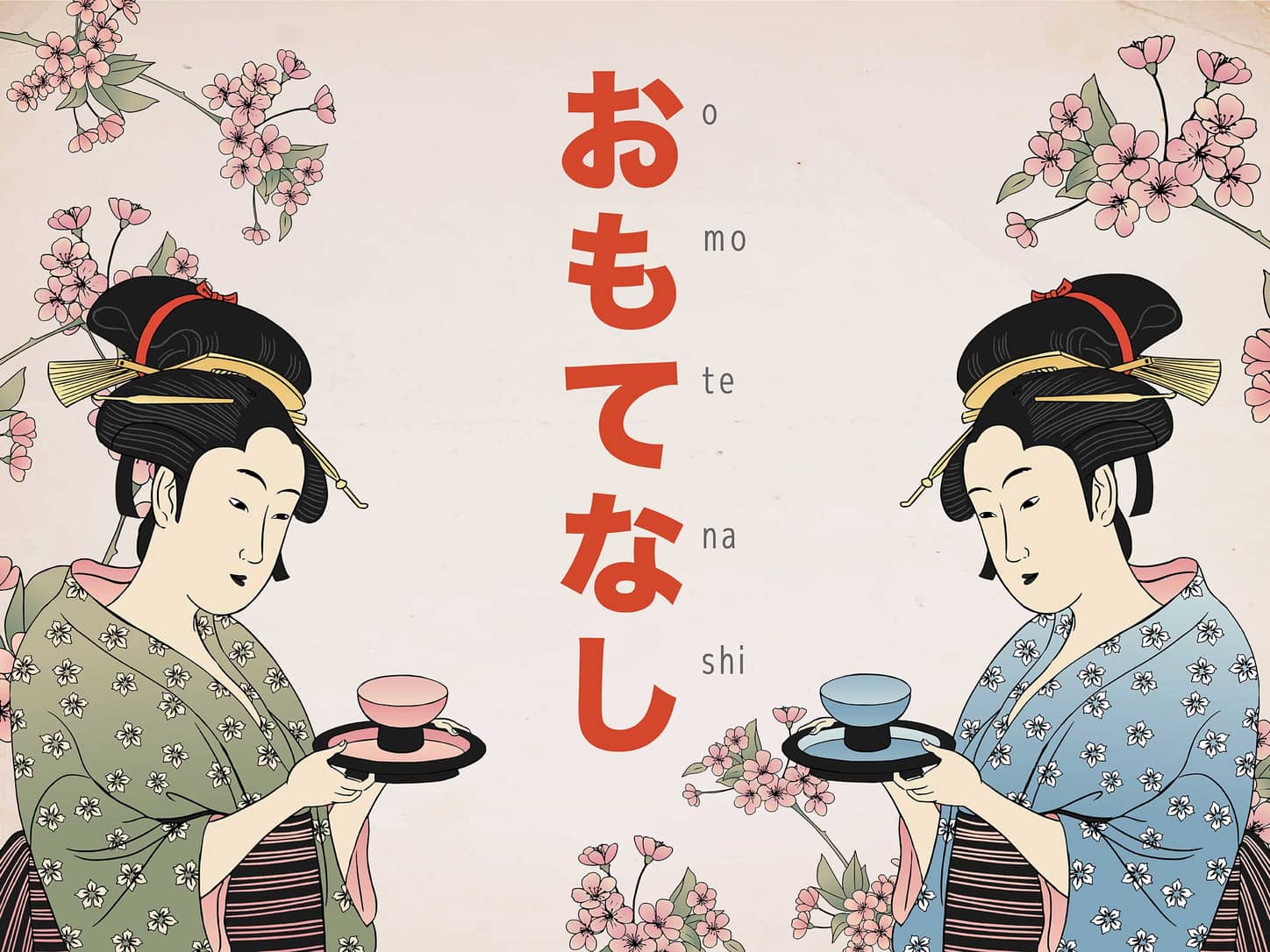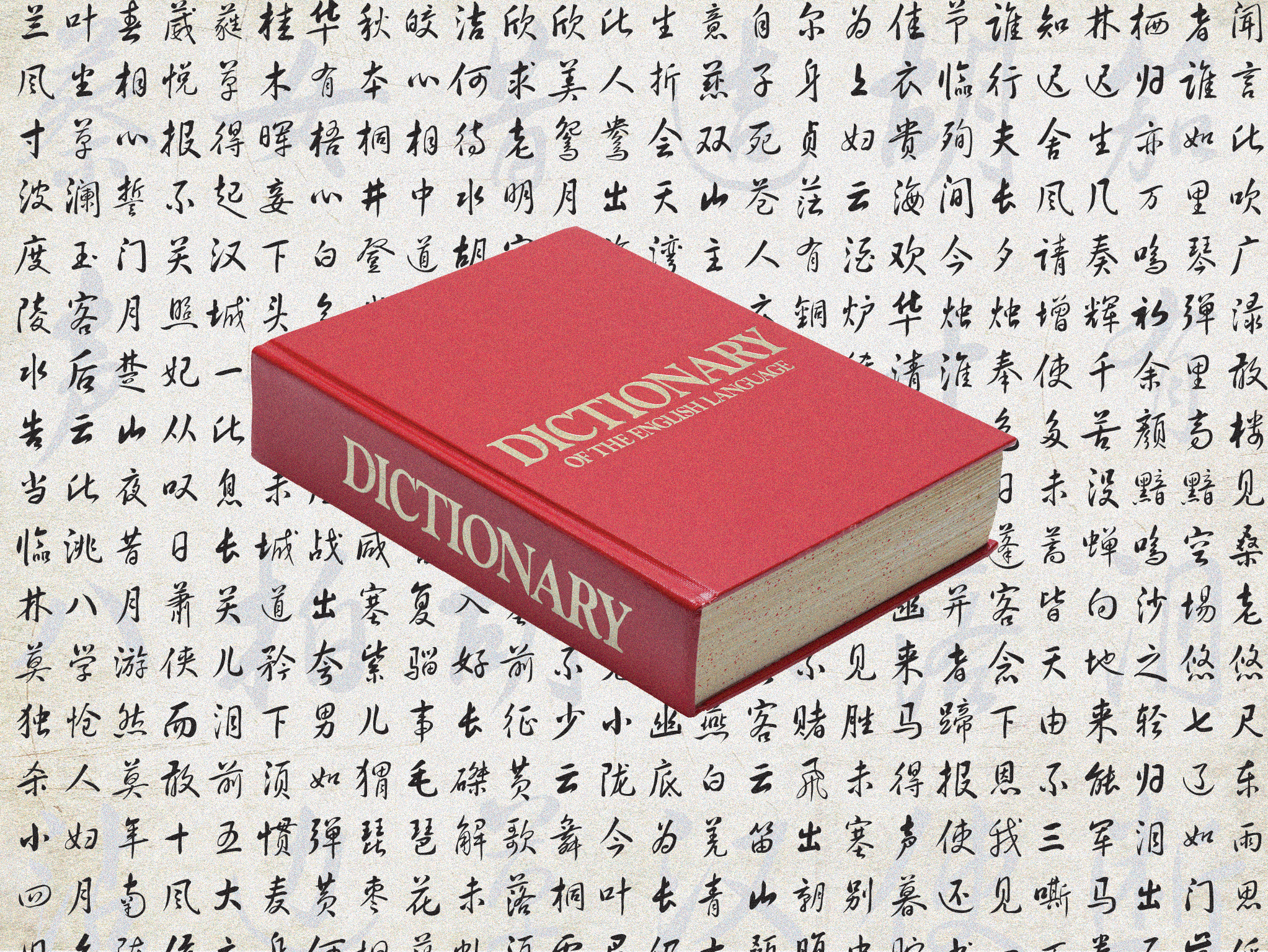Kuge, meaning court noble, was the first Japanese loanword to appear in the English Dictionary in 1577. The list has been steadily growing since and today there are hundreds of them, such as anime, emoji, hikikomori and karoshi.
The Oxford English Dictionary (OED) is updated on a quarterly basis to include revised versions of existing words, as well as new words and senses. Here we look at the 23 new Japanese words that have been added to the dictionary this time around.

Words D-K
Donburi, n: A Dish of rice served in a bowl topped with other ingredients such as meat, seafood, or vegetables.
Fan Service, n: Material in a work of fiction that is added to please the audience, often involving nudity or sexual imagery. The term originated in the anime and manga fandom.
Isekai, n: A Japanese genre of science or fantasy fiction in which ordinary people are transported into a magical world.
Kagome, n: A type of pattern that is typically used in basket-weaving.
Karaage, n: A dish consisting of small pieces of chicken, other types of meat, or seafood that’s been marinated in flour, potato starch, or cornflour, then deep-fried in oil.
Katsu, n: A piece of meat (typically chicken), seafood, or vegetable coated in flour panko breadcrumbs and egg, deep-fried and then cut into strips.
Katsu curry, n: Served with boiled white rice and a mild curry sauce, this dish consists of chicken, pork, or other types of katsu.
Kintsugi, n: A traditional repair method that takes the broken parts of pottery, glues them back together with a Japanese lacquer and then paints the seam with gold or silver powder.
Kirigami, n: A variation of origami. As well as being folded, paper is cut into 3D decorative designs and objects.

Words M-S
Mangaka, n: A writer or illustrator of manga.
Okonomiyaki, n: A pan-fried dish made with eggs and flour that is combined with other ingredients such as meat, seafood and cabbage.
Omotenashi, n: A deep-rooted culture that comes from sado (tea ceremony), in which guests are looked after wholeheartedly.
Onigiri, n: Small balls or triangles of rice, usually wrapped in dried seaweed, that include a salted or pickled filling.
Santoku, n: A lightweight, general-purpose kitchen knife with a short, flat blade that curves down at the tip.
Shibori, n: A manual resist dyeing technique, which produces patterns on fabric.
Words T-Y
Takoyaki, n: A small ball made of flour batter, usually filled with octopus or a similar type of seafood.
Tokusatsu, n: A term for a live-action movie or a television program that makes heavy use of practical special effects.
Tonkatsu, n: A pork cutlet coated with egg, panko breadcrumbs and flour, deep-fried, then cut into strips.
Tonkatsu Sauce, n: A sweet and savory sauce made from fruit and vegetables simmered in soy, sugar and vinegar.
Tonkotsu (1), n: A box or pouch that is usually used to store tobacco.
Tonkotsu (2), n: The name for the rich pork-bone broth used in ramen.
Washi Tape, n: A decorative adhesive tape used in a variety of paper crafts.
Yakiniku, n: Roasted or grilled meat.









